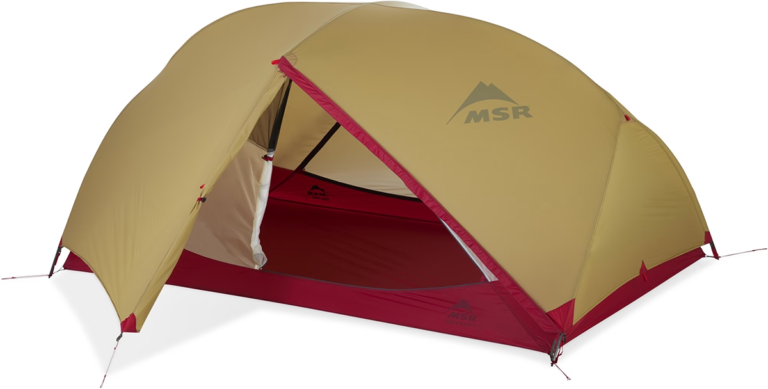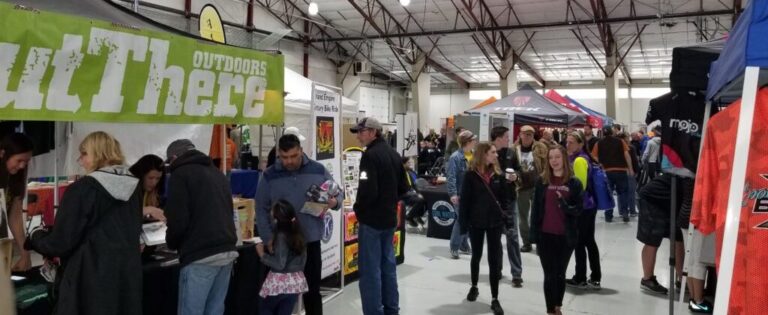The Blob Strikes Back
We skiers and riders are, for the most part, an optimistic bunch. Sure, we would prefer epic conditions every day we are on the hill, but the reality is you go no matter what and make the best of it. That being said, it sounds like our optimism is going to be put to the test yet again this year. The general consensus among the so-called experts is that the Pacific Northwest is in for another warm and dry winter. They might have called it right last year, but I bet this year is going to be different for two reasons. First, whatever happens is going to be better than what we saw last season. I mean, c’mon, could it be any worse? And second, this thing called “The Blob” that the scientific community is talking about could be a real game changer. Either way, Old Man Winter will pay us a visit – it just depends on how long he will stay. Here is the rundown of predictions and prognostications for this winter’s weather. Take it all with a grain of salt and a shot of tequila….
National Oceanic and Atmospheric Administration (NOAA)
The brain trust at NOAA’s Climate Prediction Center is projecting the development of a very strong El Niño occurrence (aka Super El Niño), which typically means a warm and dry winter here in the PNW. “There is a greater than 90% chance that El Niño will continue through the Northern Hemisphere for the winter of 2015-16.” Nearly every official weather prediction organization agrees with and quotes NOAA’s forecast. While this does not appear to bode well for the skiing and riding public here in our neck of the woods, there is some good news. This weather pattern is projected to break down in late winter or early spring, so if it happens earlier we could be in for some great mid to late season conditions. Additionally, the last strong El Niño we experienced in 1997/98 coincided with a significant amount of snowfall to our region.
The Farmer’s Almanac
The 199th edition of “The Farmer’s Almanac” definitely predicts a better winter than the scientists. Cold temps and above average snowfall are called for in the Intercontinental Rockies all the way into Western Montana, with above average precipitation in the Pacific Northwest. To those of us here in far Eastern Washington and North Idaho, we could be in the right spot to see a decent season.
The Old Farmer’s Almanac
Published every year since 1792, the “Old Farmer’s Almanac” has perhaps the best winter forecast for skiers and riders in the PNW. “The Pacific Northwest on the other hand will receive big snowfalls early on in the season before snowfall tapers off throughout the spring. The coldest periods will be in late December, mid- to late January, and late February, with the snowiest periods in late December and mid- to late January.” Screw science – I’m going with these guys.
The Blob
Lurking off the Pacific Coast from Mexico to Alaska, there lies a massive expanse of warm water that has become known as The Blob. This anomaly has been fingered as the source of this summer’s never-ending heat in the West, but also might be a potential protagonist this winter due to the high amount of water vapor it could add to the atmosphere. Combine a higher concentration of water vapor with a cold air mass that typically sits over our region during the winter months, and things could get real interesting. Will this happen? Who knows, but the fact remains that The Blob has had a hand in the unusual weather we have seen over the past year and could continue to play a role this winter.
One Mini Ice Age Please
We need a cool-down, big time. Enough of sucky winters that have no snow, and 100 degree summers filled with smoke. It’s time for an ice age, or at least a mini ice age. Sure enough, that might be just what is coming in the next 15 years. Valentina Zharkova, a professor of mathematics at Northumbria University in the UK, used a new model of the sun’s solar cycle to predict that solar activity will fall by 60 percent in the 2030s to conditions last seen during the mini ice age that began in 1645. If this means that we can get back to five months of winter with good coverage and fresh turns, count me in. //












